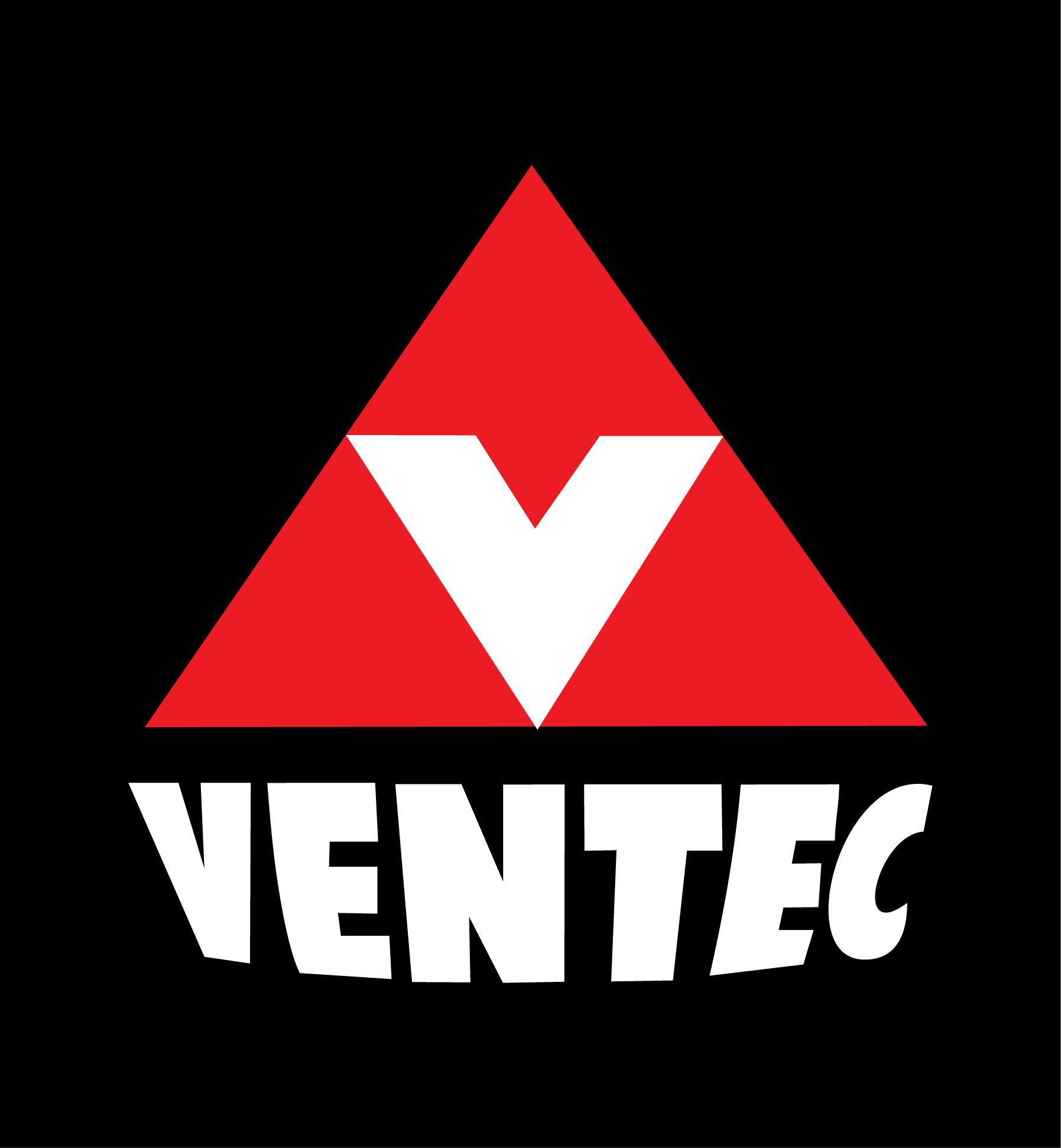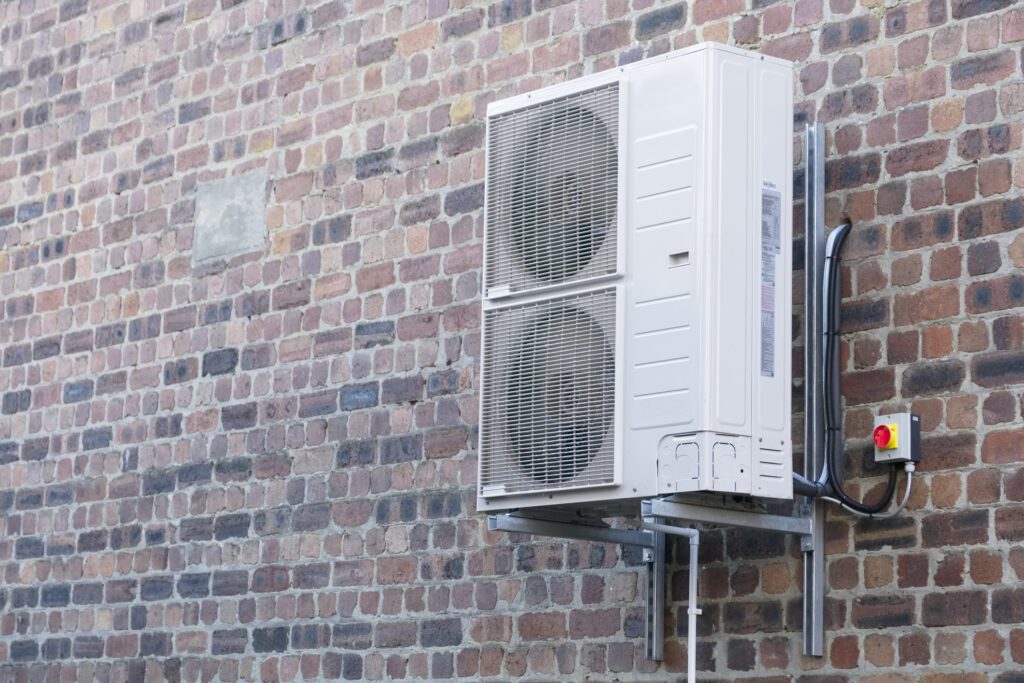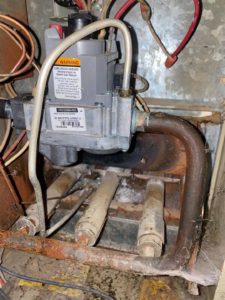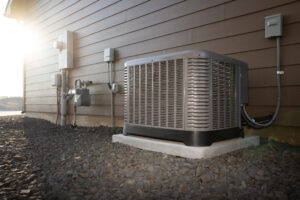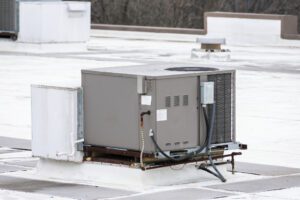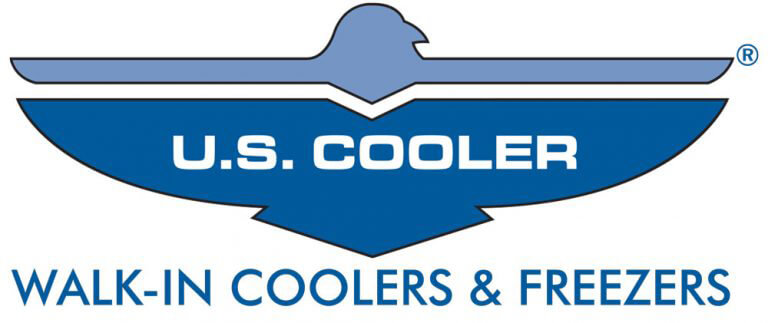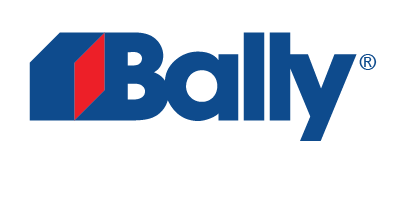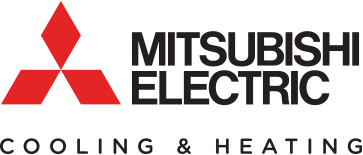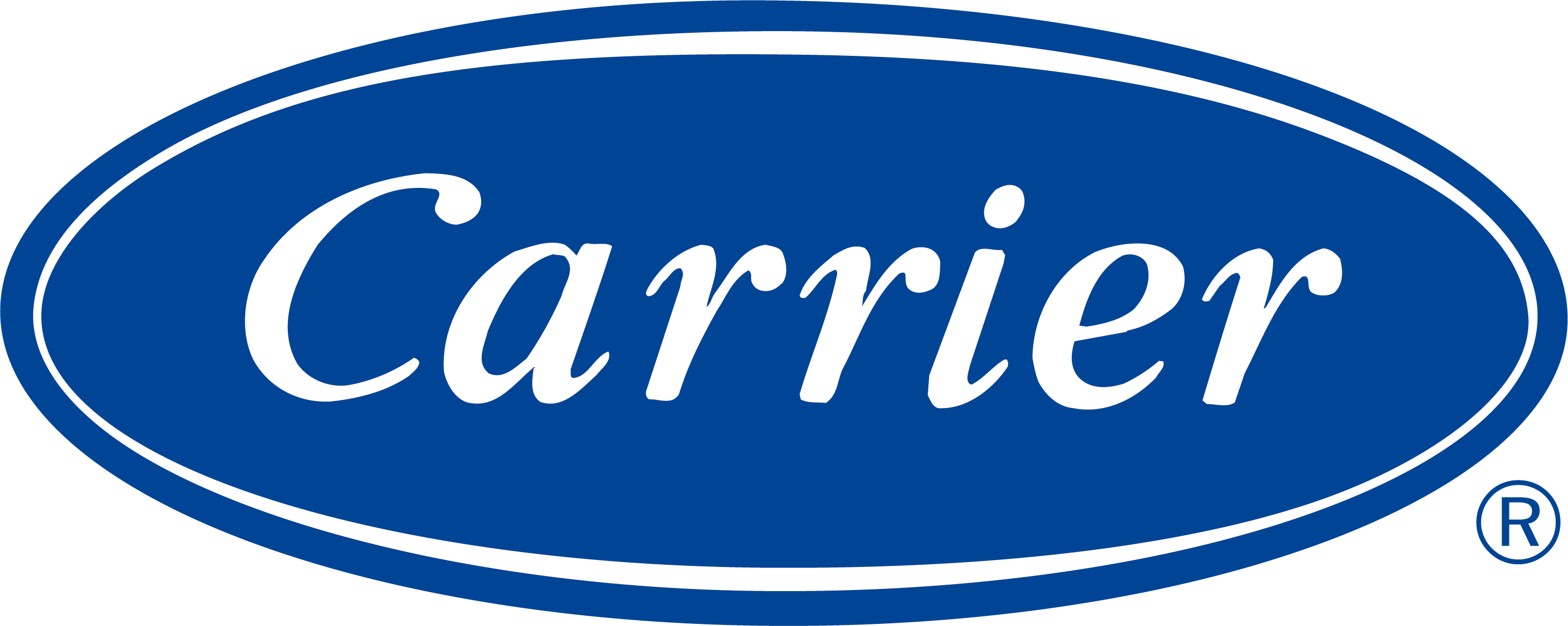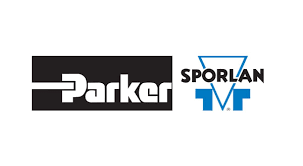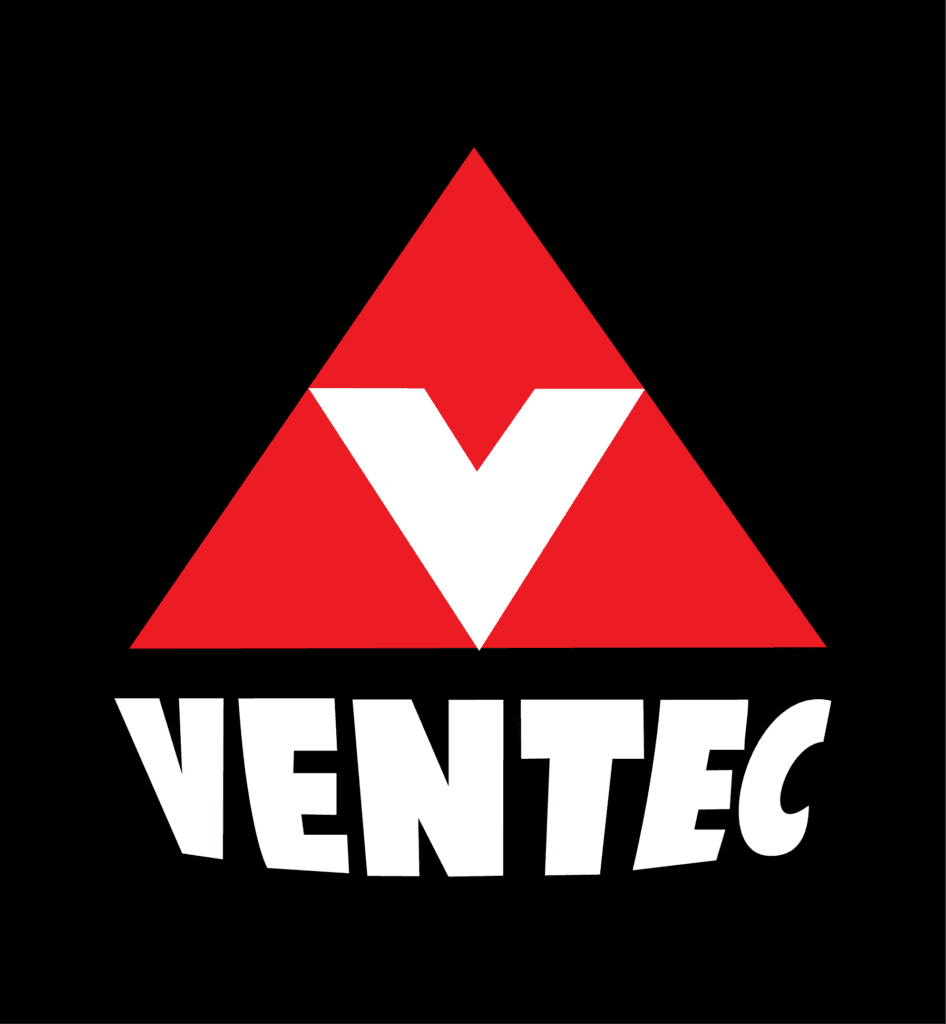What are the Differences Between VRV and VRF HVAC Systems?
If you were asked about different kinds of HVAC equipment, your first thought might just be to list major brands or bring up window units, furnaces, or radiators. If you have been looking hard at heating and cooling equipment for your home or business, you may have come across the abbreviations; VRV and VRF. You likely came across them separately, with the benefits of each written out differently, and are wondering which one is best for you or why the distinction was even made. As HVAC experts in heating and cooling, Ventec is here to set the record straight!
What Does VRF Stand For, and How Does It Work?
VRF stands for variable refrigerant flow. Variable refrigerant flow HVAC systems use heat pumps to extract heat from the surrounding air when the desired room temperature requires cooling to release it outdoors. If the room temperature needs to be warmer, it pulls heat from the air or ground outside.
The technology behind variable refrigerant flow heating and cooling systems and heat pumps is similar to that of a refrigerator. Both refrigerators and heat pumps carry heat from a low temperature or area to a high-temperature area. Heat pumps have an evaporator located outside the room that is to be cooled, which pushes the heated fluid through the condenser to heat the room. Refrigerators have an evaporator in the freezer area to absorb heat, apply it to the fluid, and force it out of the freezer through the condenser as warm air into the room. This is why the back of your refrigerator might feel a bit warm.
Variable refrigerant flow systems use minimal energy to control zones individually through one central outdoor unit, similar to a multi-split system. This system talks to the thermostat, determines the volume of fluid and temperature needed as a whole, and disperses as needed to each individual indoor HVAC unit. VRF systems move heat from zones that require constant cooling to zones that require heating.
What Does VRV Stand For and How Does It Work?
VRV stands for variable refrigerant volume. Variable refrigerant volume works precisely the same as VRF because they are actually two separate terms for the same thing. VRV or VRF technology was introduced by Daikin in 1982, and VRV is their trademarked term. There are other systems built by other companies since Daikin developed it, that use VRF technology. Again, VRF and VRV are the same technology; they just have a relationship similar to that of tissues and Kleenex. Kleenex was the first “tissue” invented by the American paper company Kimberly-Clark, but not all tissues are Kleenex. VRV was the first VRF system invented by Daikin, but not all VRF systems are Daikin VRVs. Truer words have never been spoken. Daikin is the Global leader in air conditioning, with an impressive product lineup throughout the whole HVAC industry. Daikin has also ranked second in the United States for quality and innovation.
Interested in VRF and VRV?
Ventec is trained to install all types of HVAC equipment, including VRV and VRF. Ventec is also a licensed Dakin dealer and installer. Regardless of the equipment your home or business needs, Ventec is qualified to recommend and install the best HVAC equipment for your heating and cooling needs, as well as your budget. Call us or fill out a form on our website to speak with our qualified HVAC professionals about the right system for your space!
Austin Vensel
Director Of Sales
Austin has been involved in the family business since he was very young. Starting out in the field he worked his way up to director of sales. During his time at Ventec Austin has accumulated vast amounts of knowledge and helped countless Pittsburgh home and business owners through Heating, Cooling and Refrigeration.
